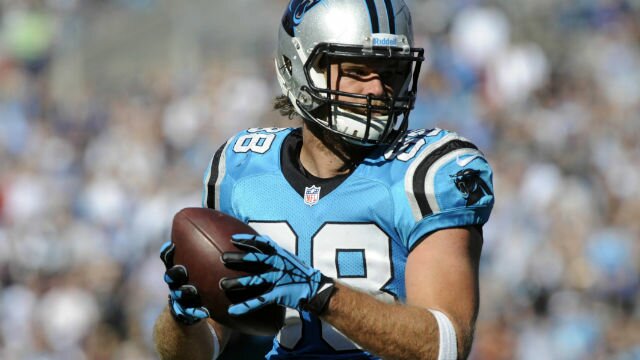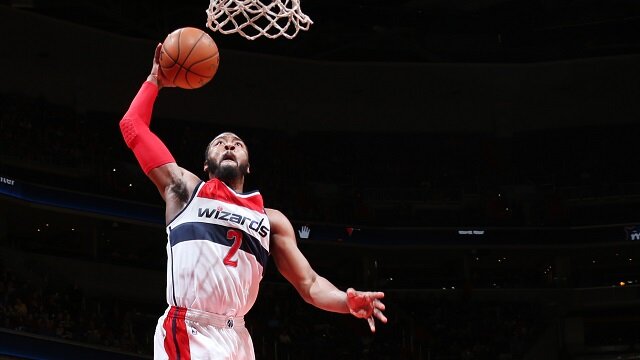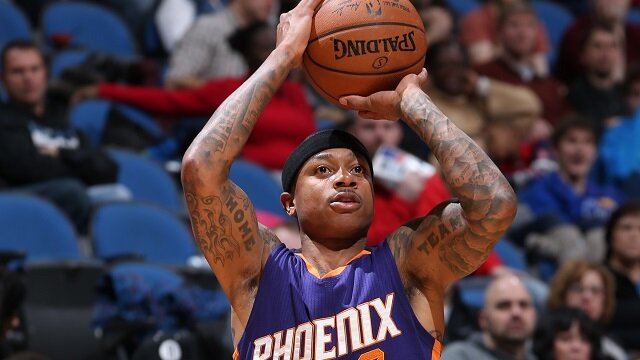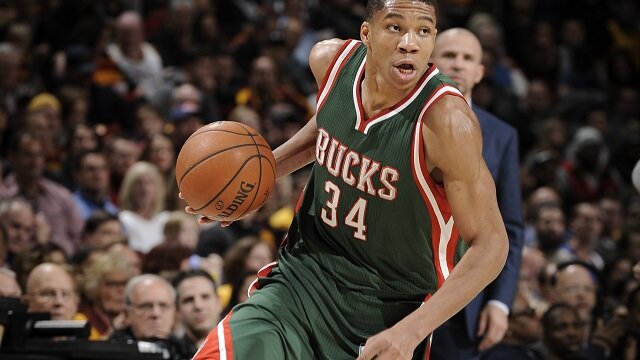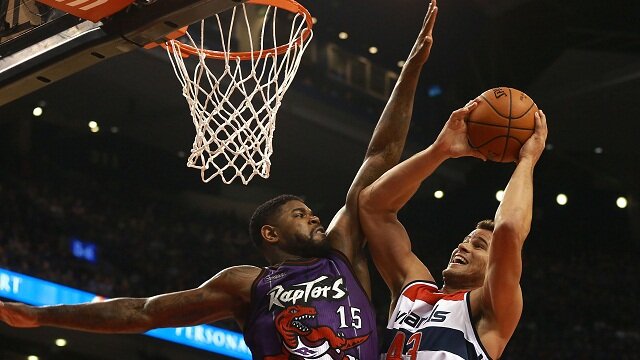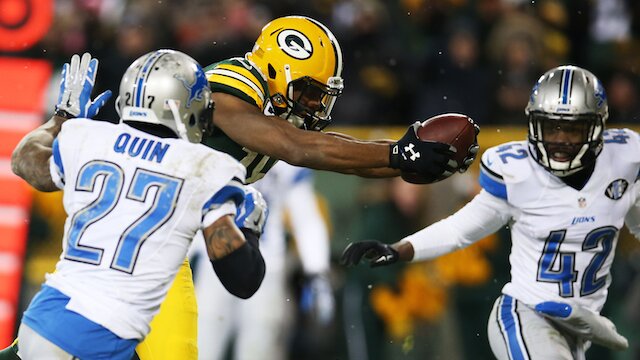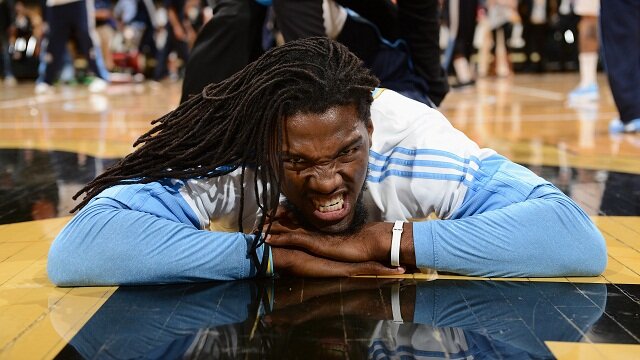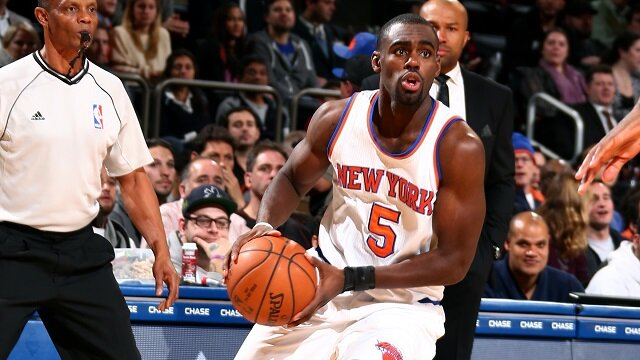Jadeveon Clowney Could Increase Houston Texans’ Fantasy Production
DE Jadeveon Clowney of South Carolina seems to be a lock in the top two in this year’s NFL Draft according to many expert mock drafts. Whether the Houston Texans draft him at the top slot in the draft is somewhat in question, but the projection of the Clowney going No. 1 is intriguing due to the Texans drafting North Carolina State DE Mario Williams as the top selection of the 2006 NFL Draft.
Williams of course, would become a three-time Pro Bowl selection and the centerpiece in Houston over the ensuing six years. But that road was not paved in the first year by the college standout that many declared a rare player, just as Clowney is being heralded.
With defensive players, the most obvious correlation with fantasy success is that of the defense/special teams outputs. Of the five defensive players to be selected in the top two of the NFL draft, only two (Julius Peppers and Von Miller) propelled their teams to increased productivity. Peppers’ rookie season included 12 sacks, helping the Carolina Panthers reduce their points allowed by 100 and over one fewer yards allowed per play in 2002.
Similarly, in 2011, Miller aided the Denver Broncos defense in decreasing their points allowed by 80 points, as well as allowing a half yard less per play with his 12 sacks. Of course, the tying connection of these two success stories isn’t entirely due to their statuses No. 2 draft picks … both teams made a coaching change to John Fox.
The Texans haven’t hired Fox, as he is enjoying his stay at the Mile High City with Peyton Manning and co., But they have replaced Gary Kubiak with Bill O’Brien this offseason. In all likelihood, O’Brien won’t find the same success that Fox had, but the connection between a coaching change and picking a defensive player high in the draft is worth looking into.
Defensive analysis is the clearest way to analyze success (especially with fantasy production), but the production of the defense can also influence the offense’s production. The less time an opposing team spends on the field, the more time the defending team has to score — more fantasy production from a team’s offensive players.
Now, it may not seem like much, but both the Broncos and Panthers managed to keep their opponent off the field for an average of 17 seconds more than the previous year after drafting their top defensive prospect. Meaning, more ability for the offensive players to flourish, and flourish they did for the most part.
Once again, there’s another correlation between the 2011 Broncos, 2002 Panthers, and 2014 Texans: they all are changing QBs. The Broncos switched to Tim Tebow, Panthers to Rodney Peete, and the Texans’ QB status is unknown at the moment after Matt Schaub was signed by the Oakland Raiders. What the former two share though is that the passing/receiving production dipped. However, with that dip, an influx in rushing production followed.
The Broncos were the more successful of the two teams, increasing their rushing yards by over 1100 yards whereas the Panther increased by only 200. Even subtracting Tebow’s 660 rushing yards, they still outperformed their production in 2010 by over 500 yards.
So just imagine what the Texans could do with a QB like Johnny Manziel if he were to drop into the second round as some predict. All of this bodes well for Arian Foster, suggesting that a new defensive presence could increase Foster’s production.
However, as taught in many a statistics classes, correlation does not equal causation. Many factors go into a football game, but factoring a player as talented as Clowney into the equation makes for an interesting case. Just remember, as much as all of the Texans’ situation matches with other successes, there’s no guarantee that he or his team will improve each other (see: Courtney Brown).
NBA FanDuel: 5 PFs Only Worth Playing In GPP
These five PFs are only worth playing in GPP format on FanDuel, but not non-tournament cash games. Read More
The Perfect NBA FanDuel Lineup For Jan. 10
There is a decent schedule of seven NBA games tonight and this is one of the ways that you can build the perfect FanDuel lineup for it. Read More
NBA FanDuel: 5 SFs Only Worth Playing In GPP
These five SFs should on be played in GPP formats on FanDuel -- not (non-tournament) cash games. Read More
Top 5 Bargains On NBA FanDuel For Jan. 9
With a huge slate of 11 NBA games, there are plenty of bargains on FanDuel. These are the top five "bang for your buck" options on Jan. 9. Read More
The Perfect NBA FanDuel Lineup For Jan. 9
With a big slate of 11 games, there are numerous ways to build the perfect NBA FanDuel lineup on Jan. 9. Here's one possibility. Read More
NBA FanDuel: 5 PGs Only Worth Playing In GPP
These five point guards are only worth playing in GPP format on FanDuel, not cash games. Read More
5 Shooting Guards To Only Ever Play In GPP Format
These five SGs should only be played in GPP format in NBA FanDuel. Read More
Top 5 Most Valuable TEs For NFL Divisional Round
Some big names could come up short in the Divisional Round, so these value tight ends are must-starts this weekend. Read More
Top 5 NBA FanDuel Bargains On Jan. 8
After getting hit with a storm of 13 games yesterday, it's just a light sprinkle of three games tonight with these top five NBA FanDuel bargains to choose from. Read More
Perfect DraftKings Lineup For NFL Divisional Round
You only have a couple more chances to build the perfect DraftKings lineup for the NFL season. Read More
10 Fantasy Players To Breakout In Second Half
Here are 10 fantasy basketball players who will break out in the second half of the 2014-15 season. Read More
Ideal NBA FanDuel Lineup for Jan. 8
Come join us in building the Perfect NBA FanDuel Lineup for Jan. 8. Read More




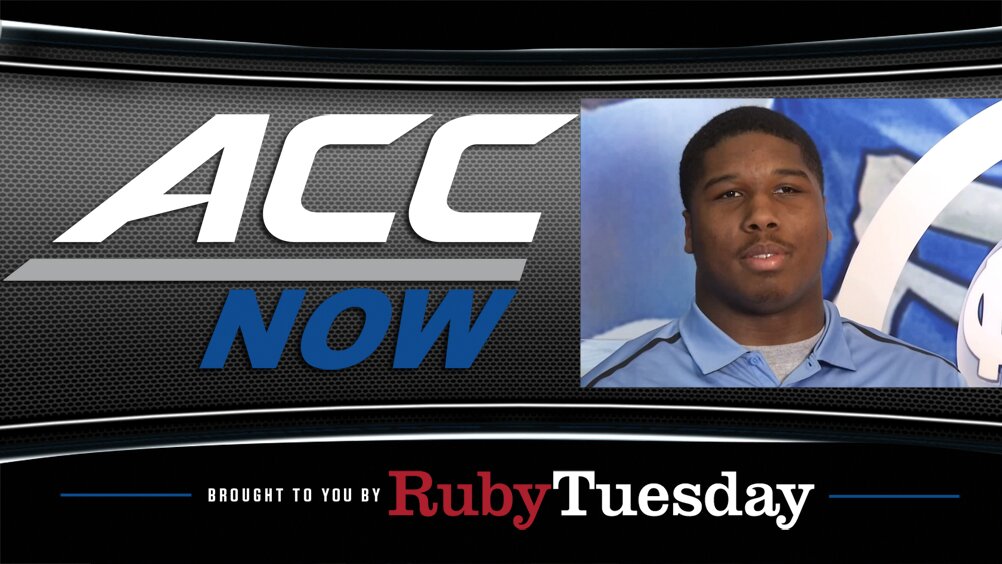
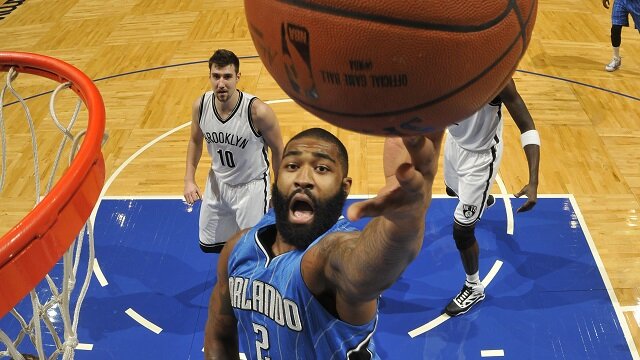
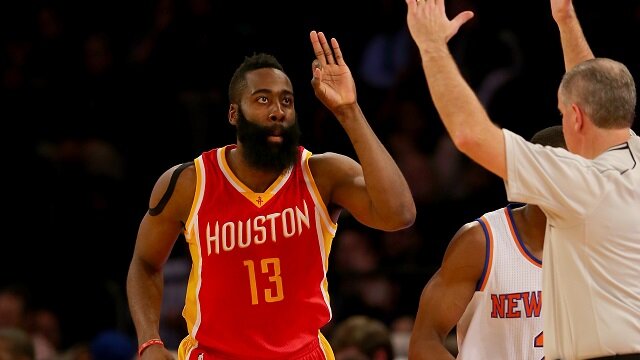
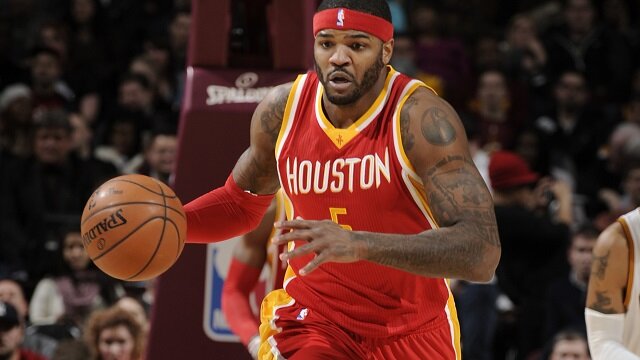
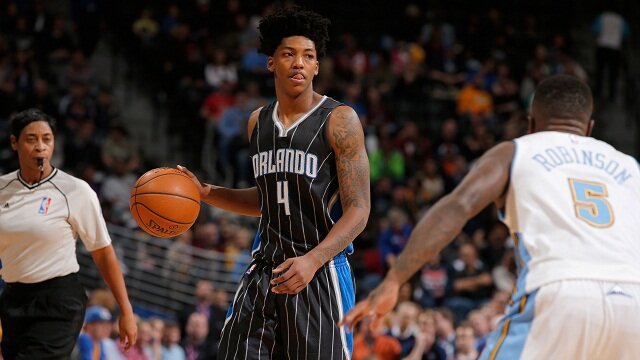
 @SicEm18
@SicEm18 
